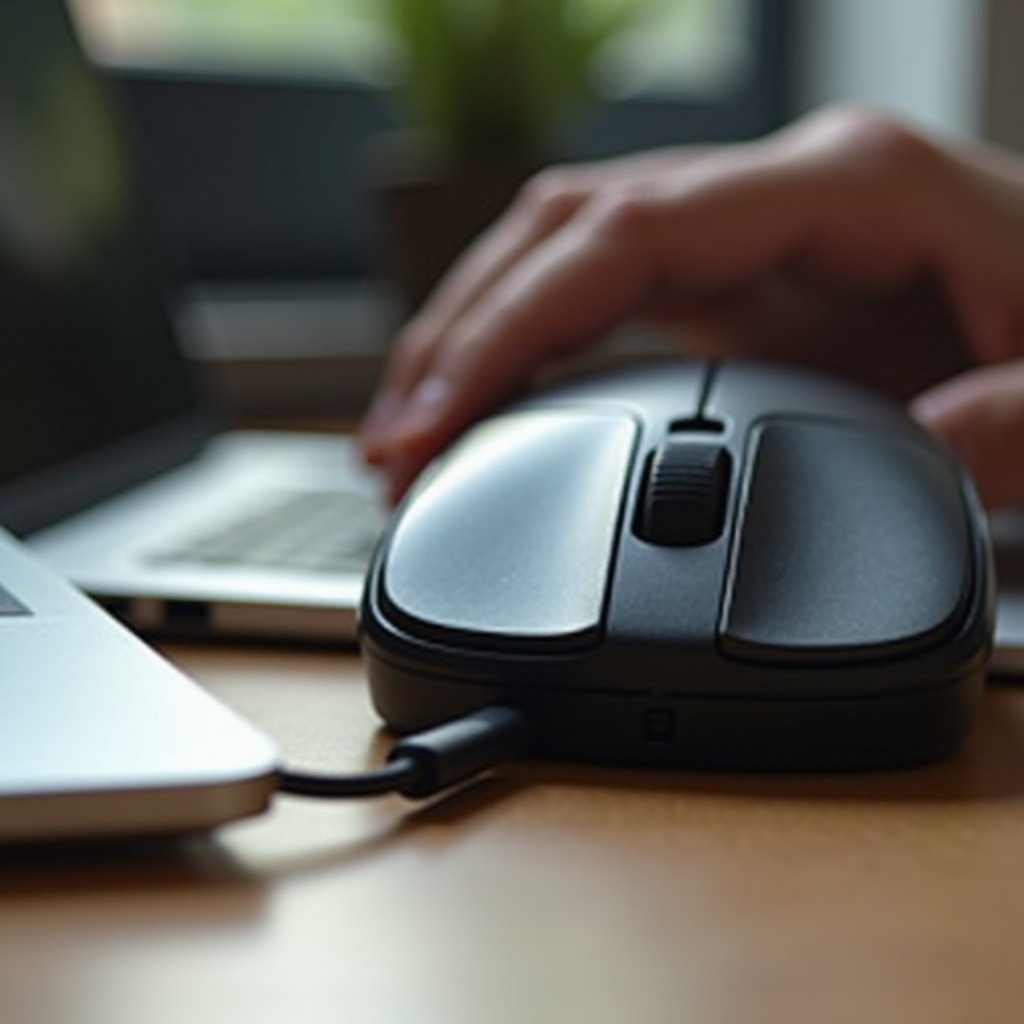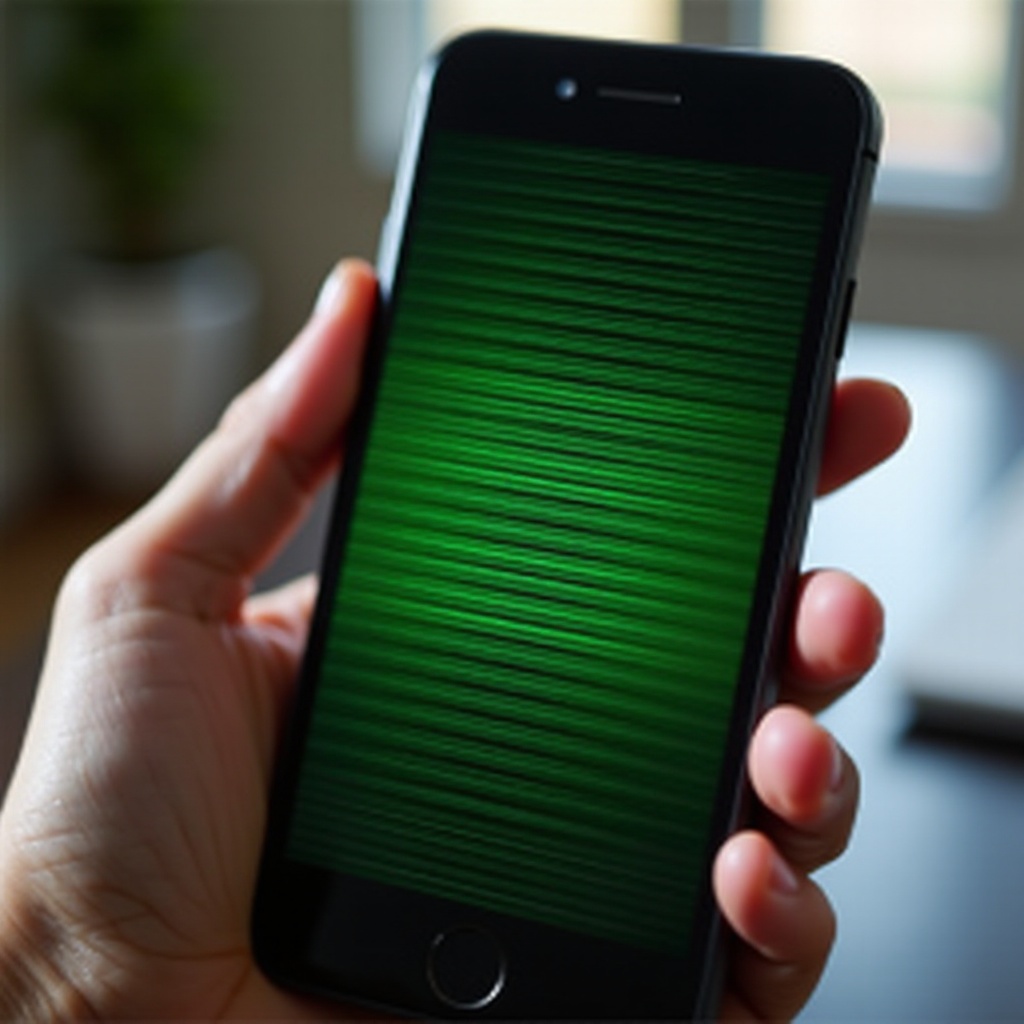Introduction
It can be incredibly frustrating when you’re prepared to tackle a task or play a game, and your mouse suddenly decides not to work. Even though it’s plugged in, it’s unresponsive, leaving you wondering what the problem could be. This common issue plagues many computer users, whether they have wired or wireless mice. In this comprehensive guide, we’ll navigate through a series of troubleshooting steps designed to help you pinpoint and fix the problem. From routine checks to more advanced solutions, we’ll cover everything you need to get your mouse back in action.

Common Causes of Mouse Malfunction
Identifying the cause of a malfunctioning mouse is the first step in solving the issue effectively. Some common causes include:
-
Faulty USB Port: Often, the USB port might be damaged or clogged, disrupting connectivity.
-
Defective Cable or Connector: Damaged cables or connectors can hinder the communication between the mouse and computer.
-
Driver Issues: Outdated or corrupt drivers can prevent the mouse from functioning correctly.
-
Battery Problems (Wireless Mouse): Low or depleted batteries can lead to connectivity issues.
-
Software Conflicts: Software conflicts arising from third-party programs can disrupt mouse functionality.
Understanding these potential issues sets the stage for troubleshooting. Let’s begin with some basic steps to address these effectively.
Initial Troubleshooting Steps
Starting with simple solutions can often quickly resolve minor mouse issues:
-
Reboot Your Computer: A system restart can sometimes clear minor software glitches affecting the mouse.
-
Check Connections: Double-check that the mouse is properly connected to the USB port and the cable is undamaged.
-
Switch Ports: Plug the mouse into another USB port to eliminate port-specific issues.
-
Replace Batteries: If using a wireless mouse, ensure the batteries are fresh and seated correctly.
These basics often resolve minor issues. If persistent, more intensive troubleshooting might be necessary. We’ll proceed to evaluate the hardware next.

Hardware Checks
In-depth hardware investigations often uncover issues overlooked by software diagnostics.
Inspecting USB Ports and Cables
Inspect the USB ports and mouse cable for any apparent damage or blockage:
- Clean the Ports: Dust and dirt can gather in USB ports. Use compressed air to clear any debris.
- Examine the Cable: Check for visible damage like cuts, bends, or wear that could disrupt power or data flow.
Testing Mouse on Another Device
Testing your mouse on another system can reveal if the problem lies with your device or mouse:
- Switch Devices: Try connecting your mouse to a different computer. If it works, the issue might be with your device.
- Try a Different Mouse: Conversely, test another mouse with the same ports to confirm if they are working properly.
If these steps indicate that your hardware is intact, it’s time to look at possible software difficulties.
Software Solutions
When hardware isn’t the issue, software-side solutions might resolve your mouse problems.
Updating Mouse Drivers
Ensuring your drivers are current can resolve a multitude of issues:
- Go to Device Manager: Accessible from the Control Panel or via Windows settings.
- Locate Mouse Options: Head to the ‘Mice and pointing devices’ section.
- Update Driver: Right-click your mouse and choose ‘Update driver,’ following the instructions for automatic updates.
Adjusting System Settings
Sometimes, minor tweaks in system settings can make a difference:
- Check Mouse Settings: Look under the Devices section within Windows settings.
- Adjust Pointer Options: Verify that the mouse speed and sensitivity are adequately configured.
If these solutions don’t fix the issue, more advanced troubleshooting techniques may be required.
Advanced Troubleshooting Techniques
For persistent problems, it’s time to use advanced methods to find a solution.
Using Device Manager for Conflict Resolution
The Device Manager can assist in resolving clashes:
- Launch Device Manager: Accessible via the Control Panel.
- Look for Errors: Identify drivers marked with exclamation points, indicating issues.
- Resolve Conflicts: Disable any conflicting hardware or update problematic drivers.
Running System Diagnostics
Using system diagnostics can provide further insights:
- Run Built-in Diagnostic Tools: Utilize Windows Diagnostics, such as ‘Hardware Troubleshooter,’ to fix underlying issues.
- Third-Party Utilities: Applications like CCleaner can also help diagnose and solve system problems affecting the mouse.
These advanced methods can be crucial in solving problems that remain after initial checks.

Conclusion
Having a mouse that doesn’t work despite being plugged in can slow down your productivity. Through systematic examination of both hardware and software components, this guide has provided a solid framework for tackling this issue. Start with basic checks and move up to more comprehensive troubleshooting as necessary. With these strategies, you should be back to your usual digital activities in no time.
Frequently Asked Questions
Why is my USB mouse not recognized?
This could be due to a faulty USB port, outdated drivers, or physical damage to the mouse or cable. Try using a different port or device and update your drivers.
How can I fix a mouse that stops working intermittently?
Check for loose connections, replace batteries if using wireless, and update drivers. Testing on another device can also help identify the issue.
What should I do if updating drivers doesn’t fix the issue?
Consider checking for conflicting devices in Device Manager. Run system diagnostics or consult with technical support for further assistance.


